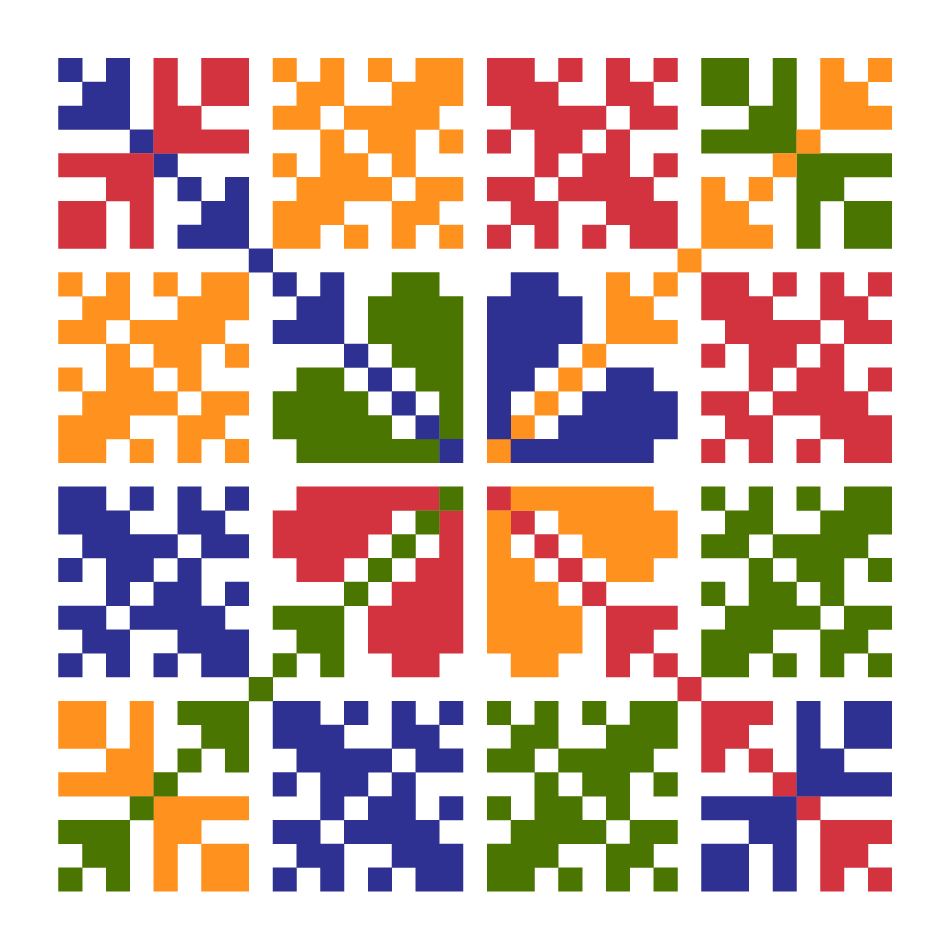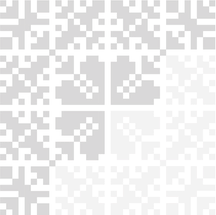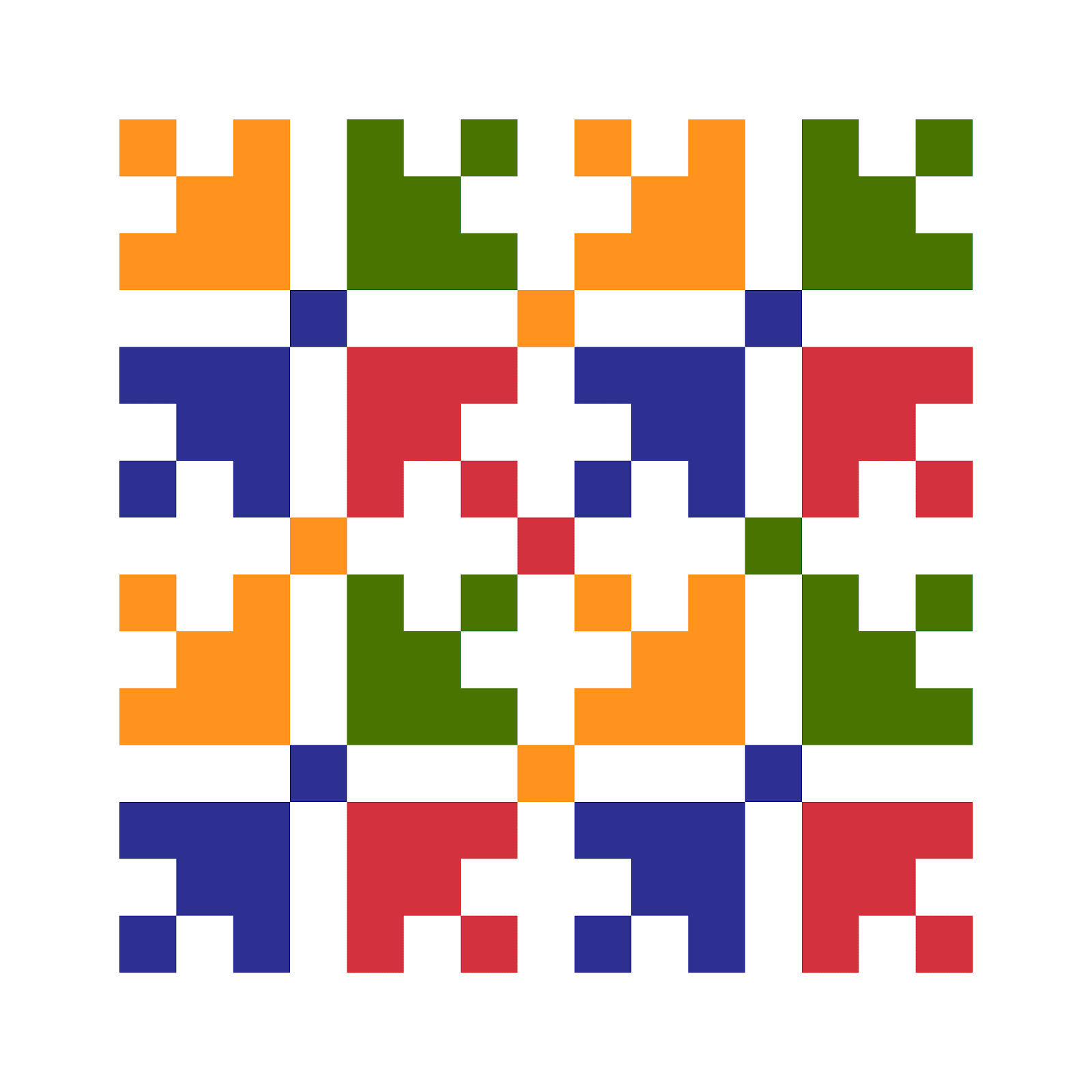C7 M2 L2 Grammar
7 | Modul 2: Gramatika
Put pod noge
7 | 2 | Lekcija 2: Plan putovanja
| New Verbs
In this lesson you encountered new verbs. Some of them follow the regular ending forms that you have already learned about in past lessons (polaziti, dolaziti) and some new forms (krenuti, stajati, trajati).
| Verbs in -iti
Verbs polaziti (to depart) and dolaziti (to arrive) follow the regular pattern of -iti verbs that you already know.
POLAZ-ITI | |||||
SINGULAR | PLURAL | ||||
ja | polaz-im | mi | polaz-imo | ||
ti | polaz-iš | vi | polaz-ite | ||
on/-a/-o | polaz-i | oni/-e/-a | polaz-e | ||
DOLAZ-ITI | |||||
SINGULAR | PLURAL | ||||
ja | dolaz-im | mi | dolaz-imo | ||
ti | dolaz-iš | vi | dolaz-ite | ||
on/-a/-o | dolaz-i | oni/-e/-a | dolaz-e | ||
| Verbs STATI and TRAJATI
Verbs such as trajati (to last) and stajati (to make a stop) will not follow the -ati verb endings (even though they end in -ati). The reason for this is that, when we remove the -ati part, the stem of these verbs ends in -j- which requires the usage of -em, -eš, -e, etc. endings. See the chart below.
ST-ATI | |||||
SINGULAR | PLURAL | ||||
ja | st-oj-im | mi | st-oj-imo | ||
ti | st-oj-iš | vi | st-oj-ite | ||
on/-a/-o | st-oj-i | oni/-e/-a | st-oj-e | ||
TRAJ-ATI | |||||
SINGULAR | PLURAL | ||||
ja | traj-em | mi | traj-emo | ||
ti | traj-eš | vi | traj-ete | ||
on/-a/-o | traj-e | oni/-e/-a | traj-u | ||
| Verb KRENUTI
The verb krenuti (to start your movement toward a certain place) belongs to a special group of verbs that end in -nuti (krenuti, kihnuti, etc.). In their conjugation pattern, these verbs lose the -u- in the forms for all but the third person plural form.. Look at the conjugation pattern below.
KRE-N-U-TI | |||||
SINGULAR | PLURAL | ||||
ja | kren-em | mi | kren-emo | ||
ti | kren-eš | vi | kren-ete | ||
on/-a/-o | kren-e | oni/-e/-a | kren-u | ||
7.2 Zadatak 1. Glagoli.
Finish the sentences with the most appropriate verb listed below. Be careful, at times you will need to use the correct form of the verb, not simply the infinitive form.
trajati | dolaziti | putovati | polaziti |
kupovati | stati | krenuti |
| Instrumental Case for Adjectives
singular | masculine | feminine | neuter |
Nominative | mlađi [brat] | starija [sestra] | prijevozno [sredstvo] |
Instrumental | -im | -om | -im |
Example | Putujem s mlađim bratom. | Putujem sa starijom sestrom. | Putujem novim prijevoznim sredstvom. |
plural | masculine | feminine | neuter |
Nominative | mlađi [prijatelji] | starije [sestre] | prijevozna [sredstva] |
Instrumental | -im | -im | -im |
Example | Putujem s mlađim prijateljima. | Putujem sa starijim sestrama. | Putujem novim prijevoznim sredstvima. |
Note that the Instrumental case for adjectives is very simple. Most of them have the same ending -im, only feminine singular has the ending -om.
| Telling at What Time
To find out what time something is happening, Croatian uses the structure U KOLIKO SATI? This question is more specific than KADA? Which usually refers to a day (of the week) or at what part of the day. To answer the question U KOLIKO SATI, you need to use the preposition U number noun SAT in the genitive case. Be careful, the noun SAT has an irregular form.
Look at the following three groups:
u 1 sat | u 2 sata u 3 sata u 4 sata | u 5 sati u 6 sati u 7 sati u 8 sati u 9 sati u 10 sati u 11 sati u 12 sati |
U 12 sati can be referred to as ponoć (midnight) or podne (midday).
| Noun SAT
As you can see, there are three forms of the word sat that are used in telling time. The form of SAT depends on the quantity of hours mentioned. After the number 1, we use the form sat(Nominative singular), after the numbers 2, 3 and 4 we use the form sata (Genitive singular of sat), and after 5 (and through 20) we use the form sati (Genitive plural of sat). This pattern is standard when counting objects in Croatian. You will learn more about counting objects in Unit 8.
Official style
The 24-hour clock is used in Croatia for schedules and public announcements, in print and in the media. On the 24-hour clock in Croatian, 1pm becomes the trinaest sati (13:00) and for the hours up to dvadeset sati (20:00), we continue to use the form sati. At 9pm or 21 hours, we say: dvadeset jedan sat, and for 22, 23, 24 we say, dvadeset dva-tri-četiri sata (back to the Genitive singular of sata).
u 21:00 sat | u 22:00 sata u 23:00 sata u 24:00 sata | u 13:00 sati u 14:00 sati u 15:00 sati u 16:00 sati u 17:00 sati u 18:00 sati u 19:00 sati u 20:00 sati |
7.2 Zadatak 2. Koliko je sati?
Listen to the sentences and choose the corresponding picture.
| Telling the Date
The Croatian way to give the date is in the following order: day/month/year.
To give the date, Croatian uses ordinal numbers from prvi (1st) to trideset (i) prvi (31st) together with the Genitive case of the month. Notice that the ordinal numbers are all in the masculine gender because they agree with the masculine noun dan (day). For example, [the 1st day of May] prvi svibnja.
The first 4 ordinal numbers have an irregular form. For all other ordinal numbers you should only add the ending for the gender of the noun modified. Note, ordinal numbers have all three genders in both the singular and plural.
prvi | drugi | treći | četvrti |
peti | šesti | sedmi | osmi |
deveti | deseti | jedanaesti | dvanaesti |
trinaesti | četrnaesti | petnaesti | šesnaesti |
sedamnaesti | osamnaesti | devetnaesti | dvadeseti |
| Months In the Genitive Case
Most of the months in Croatian, in their Nominative form, have a fleeting ‘a’ (siječ-a-nj) which is lost in the Genitive case.
siječanj | veljača | ožujak | travanj |
svibanj | lipanj | srpanj | kolovoz |
rujan | listopad | studeni | prosinac |
*veljača – the only month in feminine gender
** studeni – the month of November uses the masculine Genitive adjective ending instead of the noun ending, like all other months.
How would you say the first day of each month?
Danas je 1. […]
siječnj-a | veljač-e | ožujk-a | travnj-a |
svibnj-a | lipnj-a | srpnj-a | kolovoz-a |
rujn-a | listopad-a | studen-og | prosinc-a |
As you already encountered in previous lessons, the Gentivine endings are:
| masculine | feminine |
Nominative sing. | listopad | veljača |
Genitive sing. | listopada | veljače |
7.2 Zadatak 3. Koji je datum?
Listen and choose the day and month that you hear. Note that when expressed in numbers, in Croatian we write the day first and the month second.
Images used in this document are from these sources.




